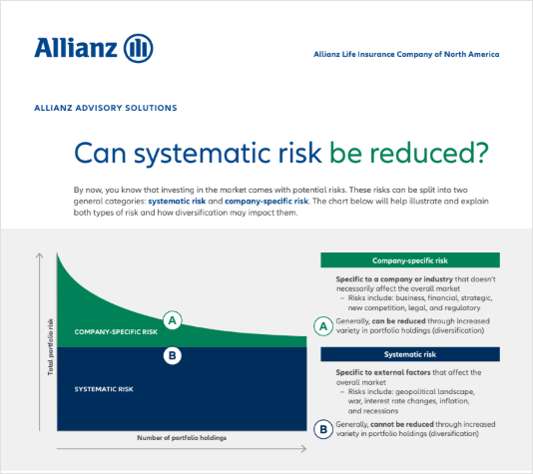Appraisals of life policies are hot right now. That's because the value of life insurance products has not gone down in this rough economy; it has even gone up, like the end of the see-saw, when everything else goes down.
Insurance professionals can use appraisals to do the right thing for their clients, who need to know the value of what they own. They can do the right thing for themselves, too, because of the opportunities that arise in the appraisal process.
There are numerous purposes for an app raisal. Examples might include: helping to decide whether to retain a policy, change a policy or sell a policy in the secondary market; or needing to value a policy for an estate or trust.
raisal. Examples might include: helping to decide whether to retain a policy, change a policy or sell a policy in the secondary market; or needing to value a policy for an estate or trust.
Such uses of an appraisal can present opportunities including coverage enhancement, encouragement of retention, and help with financial planning.
The process applies to the wonderful array of life policies written in the past which are now valuable assets that need to be evaluated using an appraisal. The variety of need for this service is astonishing, as the chart makes clear. All of the situations shown in the chart create opportunities. (This article does not examine the specifics of each situation–industry professionals can take care of that.)
What about the appraisal process? It's quite straightforward. It's just a matter of taking the present value of the future benefits, and subtracting the present value of the future premiums. Sounds simple, but there are a few crucial procedures:
1) Start with an appropriate in-force illustration. To maximize the appraisal value, it's best to minimize the premiums to achieve lifetime benefits. In other words, overfunding does not necessarily help increase an appraised value.
2) The most important step is determining the current health of the insured; this affects the mortality rates used to determine those "present values." It's important to get this right.

 John M. Bragg, FSA, ACAS, MAAA, is actuarial consultant at Bragg Associates, Atlanta; past president of Society of Actuaries; and past CEO of Life Insurance Company of Georgia. His e-mail is
John M. Bragg, FSA, ACAS, MAAA, is actuarial consultant at Bragg Associates, Atlanta; past president of Society of Actuaries; and past CEO of Life Insurance Company of Georgia. His e-mail is 

